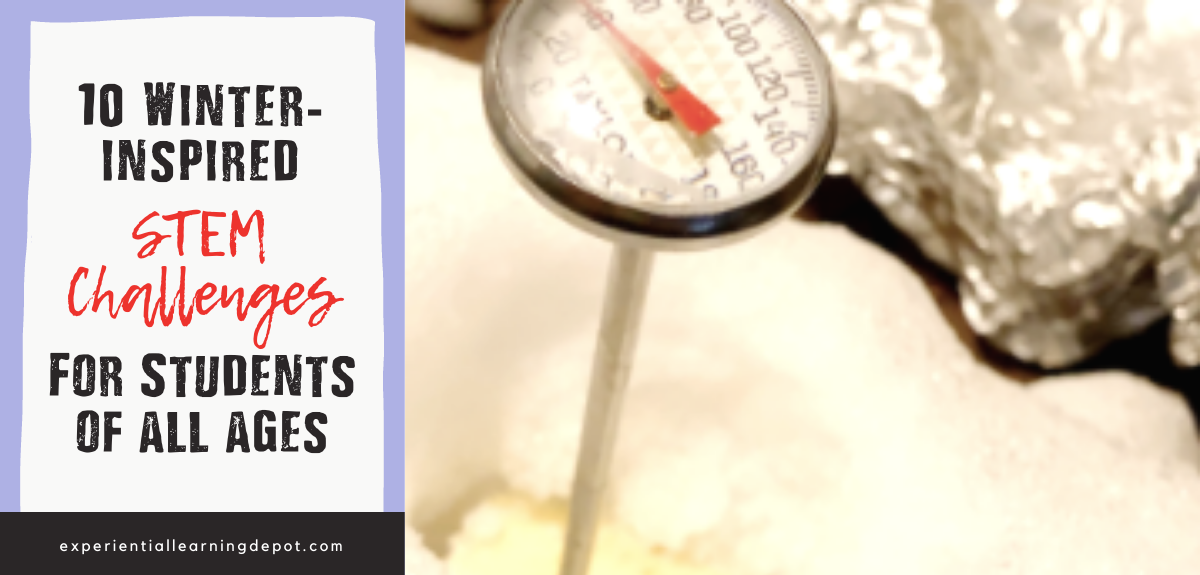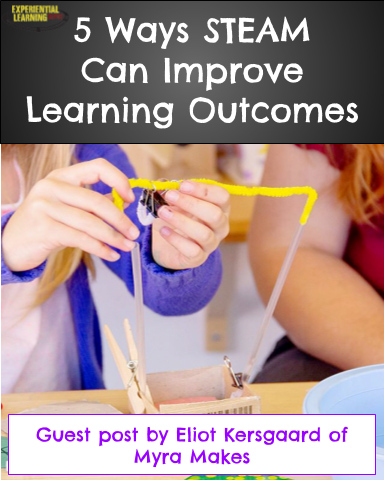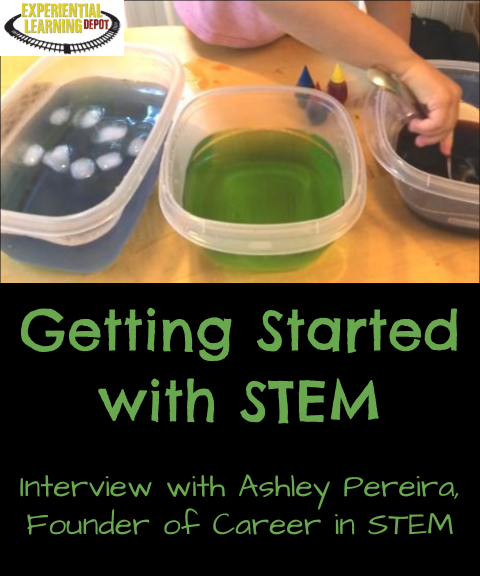|
I don't know about you, but pretty soon here (in Minnesota) it is going to get outrageously cold outside, so I am always on the hunt around this time for fun, but challenging, winter STEM activity ideas to get through it!
January is notorious for its stinging, cutting, numbing, eyelash freezing, breathtaking (literally), bitter cold temperatures. By "cold" I mean -20 degrees F for weeks at a time. That kind of cold makes it difficult to want to go outside to grab the mail let alone go out for a nature walk. So here we are. With questionable weather and winter break on the horizon, parents and educators are going to be scrambling for some fun, stimulating indoor activities. Winter STEM activity ideas are the way to go.
0 Comments
I'm so excited to introduce Eliot Kersgaard from Myra Makes as my guest blogger this week! I've been interested in STEAM for a long time, but do not feel at all equipped at this point to write about it. I'm lucky to have connected with Eliot, a STEAM rockstar, who was kind enough to share his thoughts and expertise with us.
As most of you know, I write experiential learning curriculum, primarily on project-based learning. I also have extensive experience with school travel, problem-based learning, inquiry-based learning, and dabble around with maker education.
I have a background in science, I promote 21st-century learning environments, and of course, I am a passionate advocate for experiential learning. Naturally, I would do STEM with my students, right? I actually have not done STEM with my students, at least not in the formal sense. |
Blog IntentTo provide innovative educational resources for educators, parents, and students, that go beyond lecture and worksheets. AuthorSara Segar, experiential life-science educator and advisor, curriculum writer, and mother of two. Categories
All
|





 RSS Feed
RSS Feed